Classical Short-Delay Eyeblink Conditioning in One-Year-Old Children
September 1st, 2018
•This protocol describes an eyeblink conditioning paradigm appropriate for experiments with one-year-old infants. Commercial or custom-made equipment can be used to deliver the stimuli, and data collection and analysis should be performed on the video recordings.
Tags
Related Videos

Quantitative Assessment of Cortical Auditory-tactile Processing in Children with Disabilities
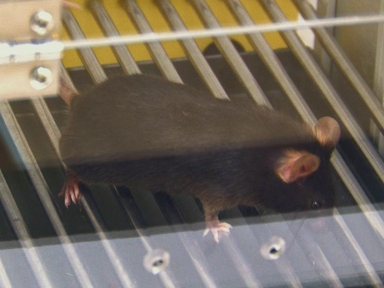
Trace Fear Conditioning in Mice

Measurement of Fronto-limbic Activity Using an Emotional Oddball Task in Children with Familial High Risk for Schizophrenia
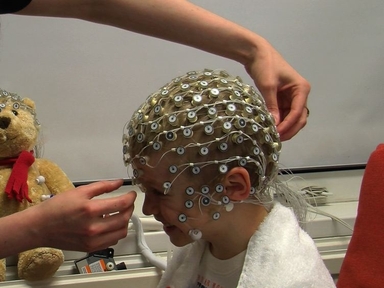
Cortical Source Analysis of High-Density EEG Recordings in Children

Measuring Attentional Biases for Threat in Children and Adults

Quantifying Social Motivation in Mice Using Operant Conditioning
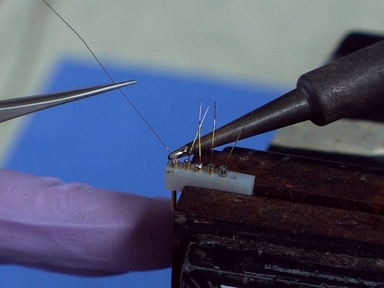
Whisker-signaled Eyeblink Classical Conditioning in Head-fixed Mice
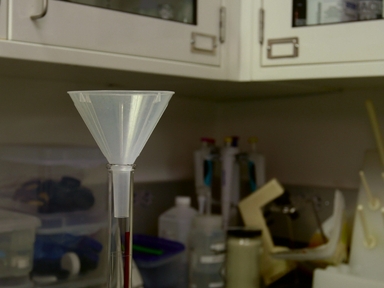
Psychophysical Tracking Method to Measure Taste Preferences in Children and Adults
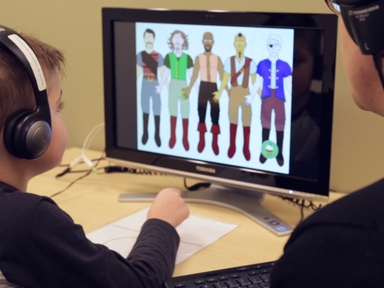
Assessing Working Memory in Children: The Comprehensive Assessment Battery for Children – Working Memory (CABC-WM)

An Electrophysiology Protocol to Measure Reward Anticipation and Processing in Children
ABOUT JoVE
Copyright © 2024 MyJoVE Corporation. All rights reserved